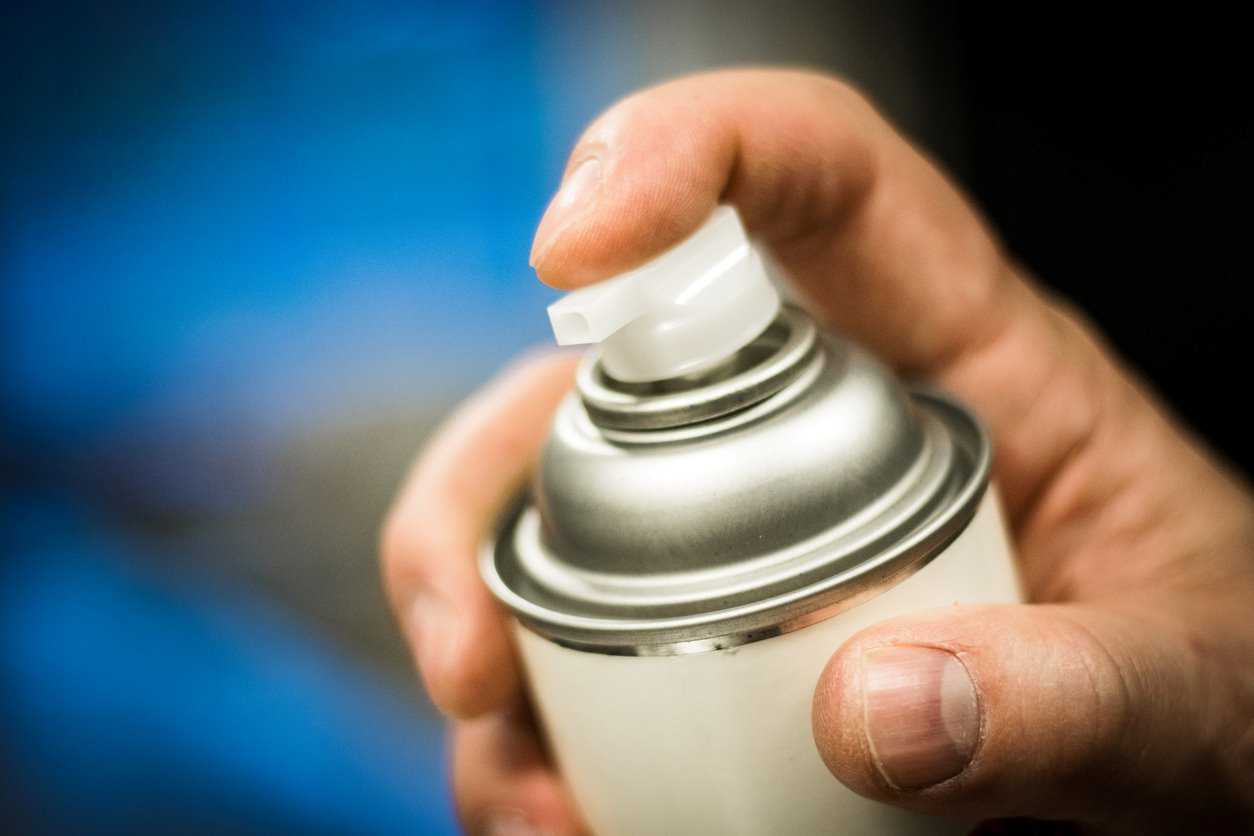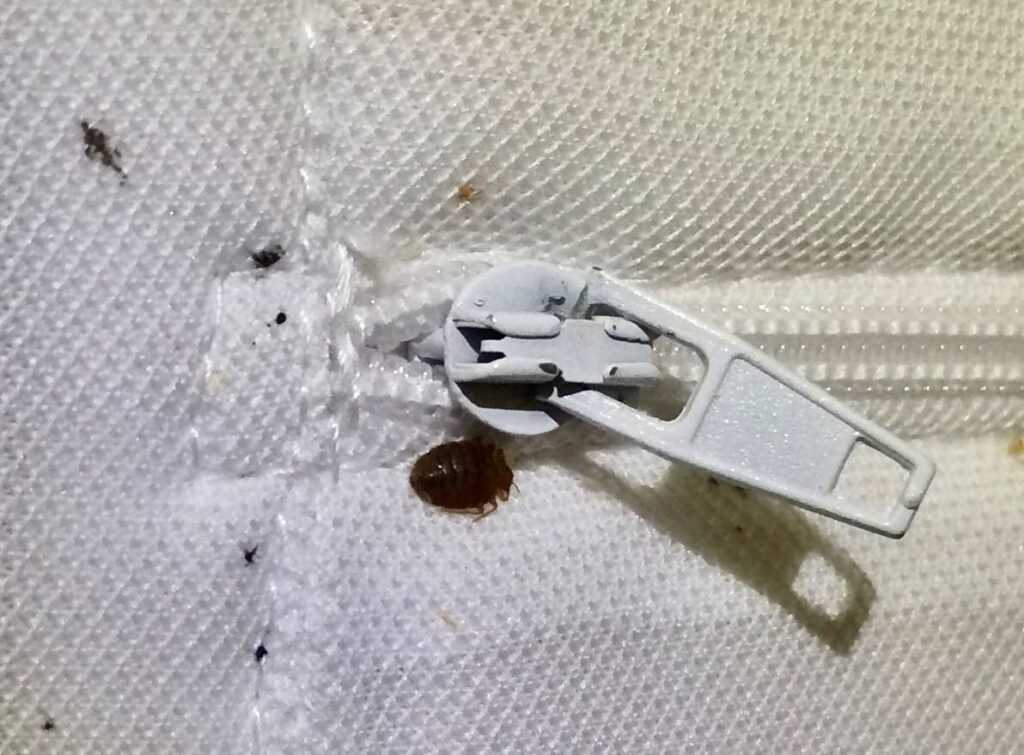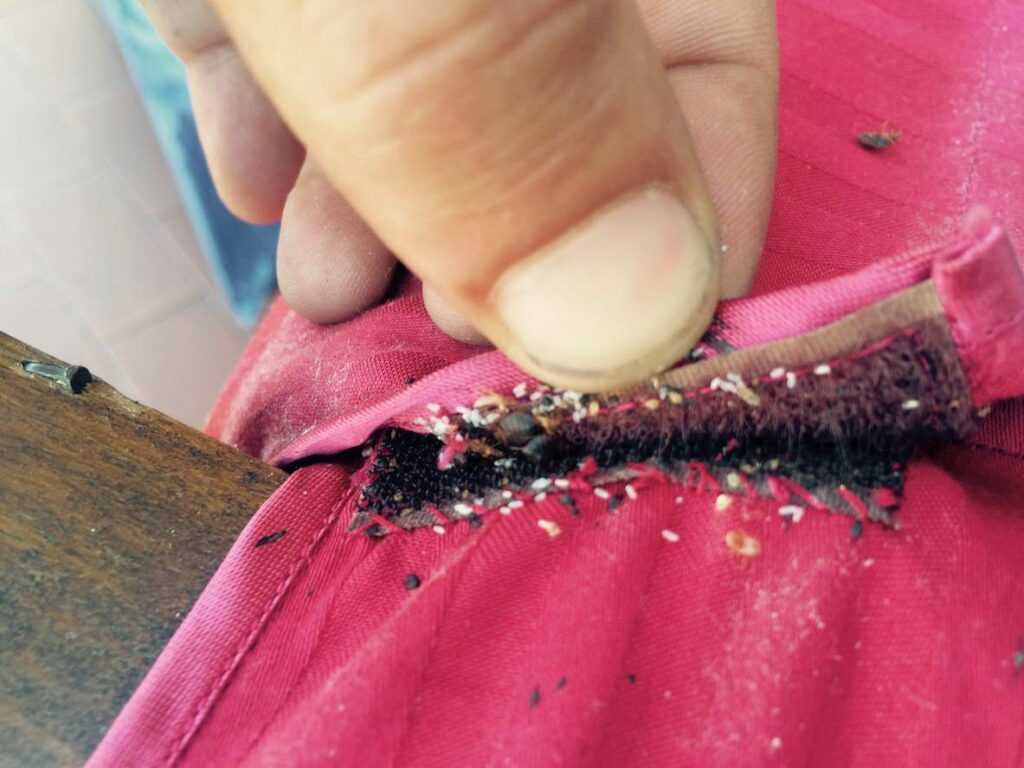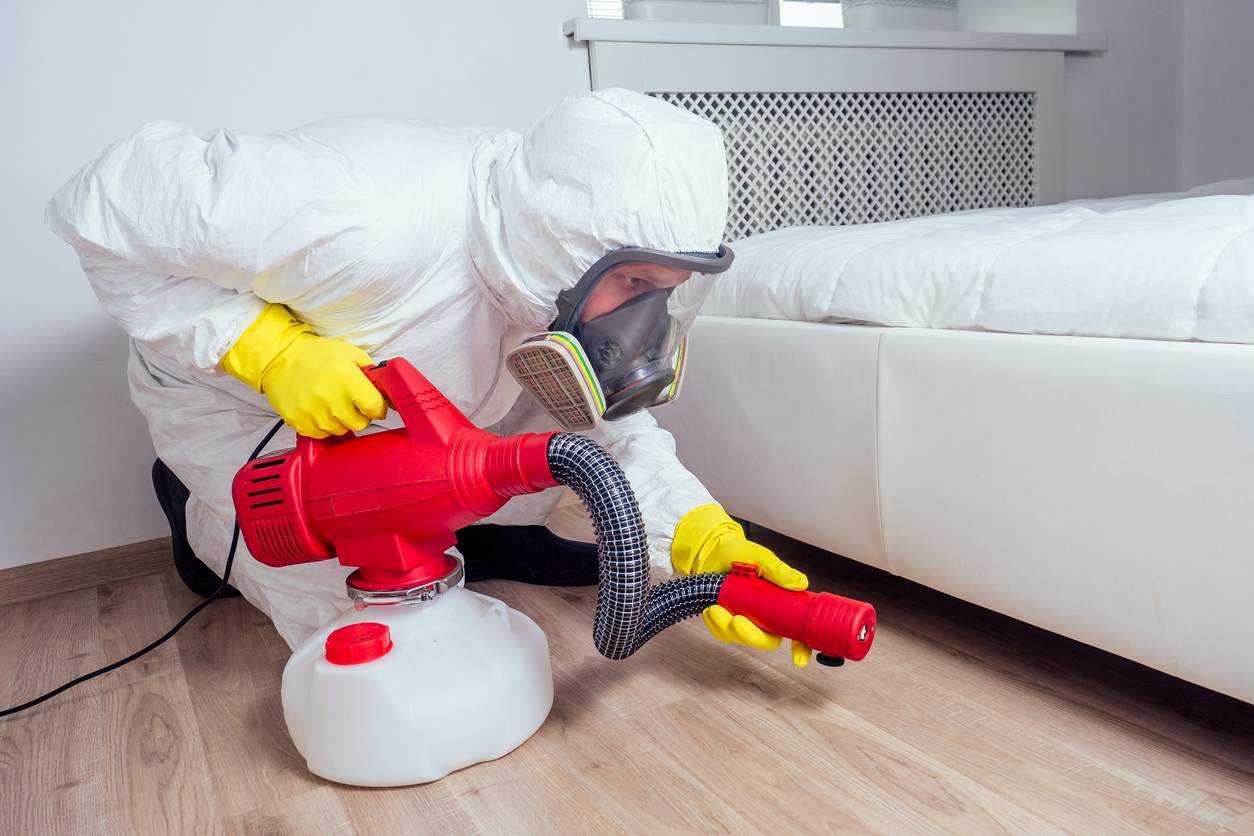Why DIY Bed Bug Control Doesn’t Work
DIY bed bug control might seem like a great option, but it’s not always the most effective. Learn why professional pest control is a better option, and call Responsible Pest Control today!
If you find yourself dealing with bed bugs at home and want to try getting rid of them yourself, good luck—because you’re going to need it. The truth is, in many cases, do-it-yourself bed bug pest control methods fall short of effectively eliminating infestations.
Don’t just take our word for it. The pest control experts at Responsible Pest Control are here to fill in the details about why DIY methods might not be successful in eradicating bed bugs.
1. Inadequate Knowledge and Expertise
Bed bugs are resilient pests that can hide in tiny cracks and crevices, making them difficult to locate and eliminate. DIY methods may not take into account the comprehensive understanding of bed bug behavior, life cycle, and effective treatment strategies that professional exterminators have.
2. Misidentification and Misapplication
Bed bugs can be mistaken for other pests, and if misidentified, the treatment approach may not correctly target the bed bug infestation. Additionally, misuse of DIY pest control products and methods can even pose health risks to residents.
3. Lack of Specialized Equipment and Products

Pest control companies have access to specialized equipment and professional-grade products specifically formulated for bed bug eradication. DIY methods typically rely on off-the-shelf insecticides that may not have the necessary potency or residual effects to completely eliminate bed bug populations. Do-it-yourself methods may also not address the eggs, which require special treatments to ensure their destruction.
4. Incomplete Treatment Coverage
Bed bug control requires treating not just the visible areas where bed bugs are found but also their hidden harborages. DIY methods often focus on visible infestation signs and may miss critical areas like wall voids, electrical outlets, and furniture joints.
5. Inadequate Preparation and Follow-Up
Successful bed bug control often involves extensive preparation before treatment, such as decluttering, laundering infested items, and sealing cracks. DIY methods may overlook these crucial steps. In addition, bed bug control typically requires multiple treatments to target the different stages of their life cycle. DIY approaches may lack the necessary follow-up treatments, allowing any surviving bed bugs to re-infest the area.
6. Risk of Spreading the Infestation
Without proper precautions, DIY methods can spread bed bugs to other areas of the home or neighboring units. These pests can cling to clothing, bedding, or furniture and easily relocate, and spread the infestation further instead of remaining contained.
Can You Ever Get Rid of Bed Bugs Completely?

Although it is possible to get rid of bed bugs completely, it can be challenging to achieve quickly. Bed bugs have developed resistance to some pest control products and are able to hide in tiny cracks and crevices, making them difficult to locate and treat.
Note that complete elimination of bed bugs may take time, patience, and ongoing vigilance. Due to their ability to hitchhike and resistance to certain treatments, reinfestation is always a possibility. However, with a thorough, comprehensive, and persistent approach, you can help control them long-term.
Professional Intervention

While DIY methods may seem cost-effective initially, the persistence of bed bugs often requires professional intervention to ensure complete eradication. Consulting a licensed pest control company with experience in bed bug control is the best way to address an infestation safely and thoroughly. They have access to specialized equipment plus extensive knowledge of treatment methods.
Comprehensive Treatment
Successful bed bug control requires a comprehensive approach that targets all life stages of the pests—including eggs, nymphs, and adults. This may involve a combination of methods such as product applications, heat treatments, vacuuming, steam cleaning, and mattress encasements. Treating not only the visible infestation but also hidden areas is key to complete elimination.
Integrated Pest Management (IPM)
Employing an Integrated Pest Management (IPM) approach is important for long-term success. This includes preventive measures like sealing cracks and crevices, reducing clutter, regularly laundering bedding, and being cautious when acquiring used furniture or clothing. By being proactive, you can minimize the risk of re-infestation.
How Long Does It Take to Get Rid of Bed Bugs?
The time it takes to completely get rid of bed bugs varies depending on several factors—such as the extent of the infestation, the level of cooperation from the affected individuals, and the effectiveness of the chosen treatment approach. Generally, it can take anywhere from several weeks to several months to eliminate a bed bug infestation fully.
Aspects that can influence the timeline for bed bug eradication include:
Infestation Size
Larger infestations involving many bed bugs and hiding places will demand more time and effort.
Treatment Method
The way bed bugs are treated will affect the duration of infestation. Heat treatments and professional applications tend to bring quicker results compared to less effective and DIY approaches.
Preparation, Follow-Up Treatments, and Monitoring
Proper preparation before treatment and thorough follow-up treatments are crucial to get rid of bed bugs. Failure to complete these steps or skipping follow-up treatments can prolong the process.
Bed bug infestations often require multiple treatments to address any surviving bugs or newly hatched eggs. Follow-up treatments, usually scheduled a few weeks apart, are essential to catch and eliminate any remaining bed bugs. Regular, diligent monitoring after treatment can help detect any resurgence early on.
Cooperation and Participation
If occupants of the infested home or building do not follow the recommended steps for prep and treatment, it can significantly delay the eradication process.
Resilience and Reinfestation
Bed bugs are resilient pests that can survive for months without feeding. Additionally, they can easily reinfest an area if any surviving bed bugs or eggs are left untreated or without preventive measures in place.
Given these factors, it’s crucial to be patient and persistent throughout the treatment process. Get in touch with an experienced professional pest control company, as they can provide an accurate assessment of the infestation and develop a holistic treatment plan.
Why DIY When Responsible Pest Control Can Combat Bed Bugs?
So, can pest control get rid of bed bugs? At Responsible Pest, your peace of mind is important to us. We take a thorough approach to bed bug treatments to ensure the greatest success possible for the long term. That often means a series of treatments and follow-up visits tailored to your unique situation.
If bed bugs are overtaking your Arizona home or business, contact us today to get started with a free quote and a bed bug inspection!



